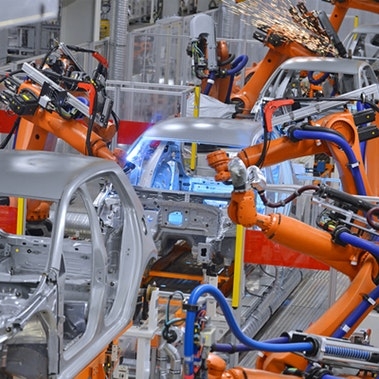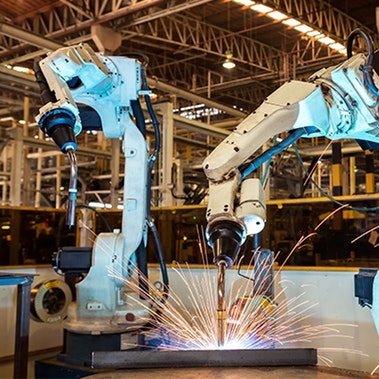By Michelle Hill and Joe Berish
This article first appeared in Forbes July 10, 2018.
Manufacturing executives in the United States and other developed economies – whether involved in the production of automobiles, aircraft, trucks, or combines – agree: The single biggest threat to their operations over the next decade is a shortage of labor. The reason behind the gap relates to demographics; an oversized generation – baby boomers – is starting to retire, and not enough of the next three generations are interested in taking their place.
Most people think this deficit is concentrated in skilled labor categories, and there’s no doubt that finding candidates with the right training for certain jobs is part of the problem. But the shortfall is affecting many employment categories – skilled and unskilled labor. Rather than a skills gap, the manufacturing world is facing a numbers gap – literally there aren’t enough eligible candidates applying for most job openings.
Human capital departments should consider a design-thinking approach, which involves creating different personas – in this case, of their workers – and mapping their journeys
This means any solution aimed at shrinking the gap must go beyond offers of more training and focus on retention as much as recruiting. Companies must figuratively begin to build a “moat” around the current workforce, making it difficult for other employers to lure workers away with more attractive compensation offers. Retention is just as important as recruitment, given the cost of hiring and training a new worker, which can run anywhere from $500 to $5,000 per worker – a number which doesn’t include the negative impact to quality and efficiency from the incorporation of new workers who are less familiar with the product and processes.
Competition for workers
A necessary step in making manufacturing jobs more attractive and building that protective barrier around your workforce is recognizing that the competition for dependable employees is fierce. Rivals include growing sectors, such as technology and healthcare, that are currently less prone to layoffs than manufacturing has been. Job security may not be something manufacturers can promise, so they need to be more creative.
To read the rest of the article, click here.







